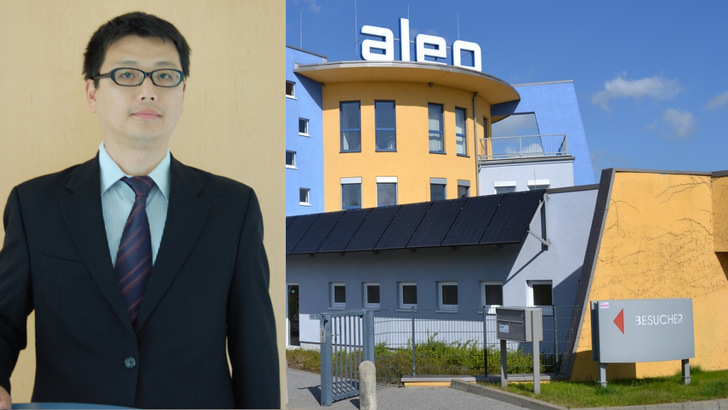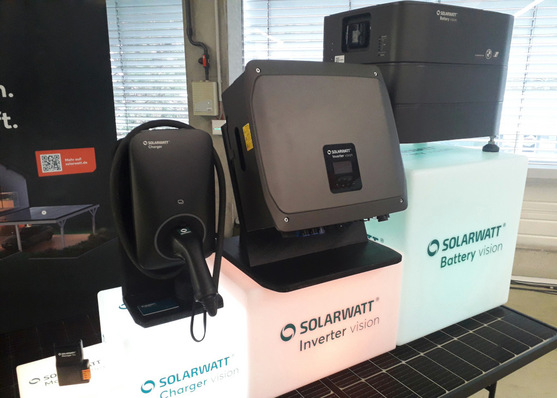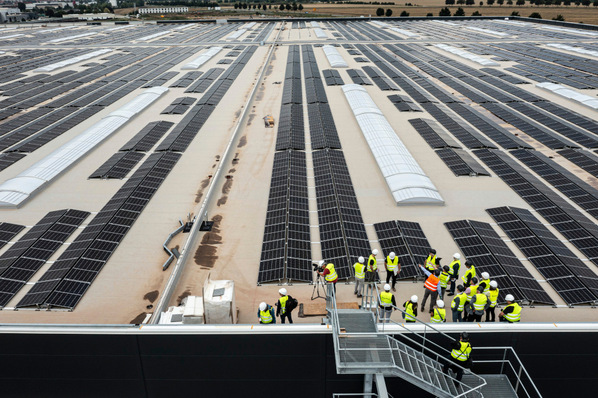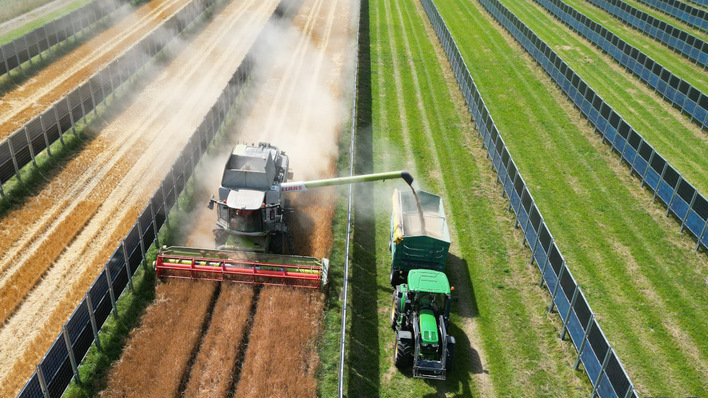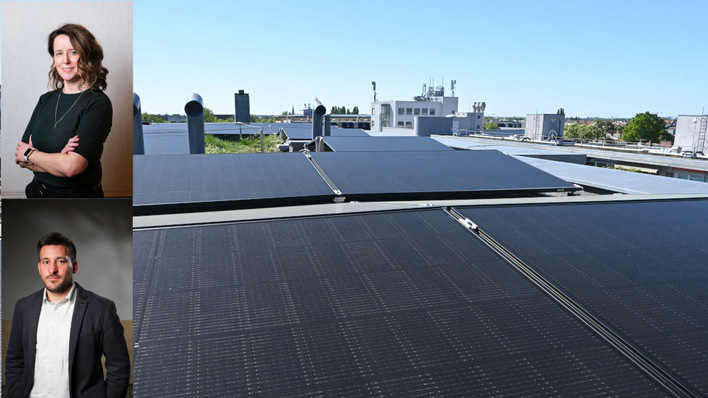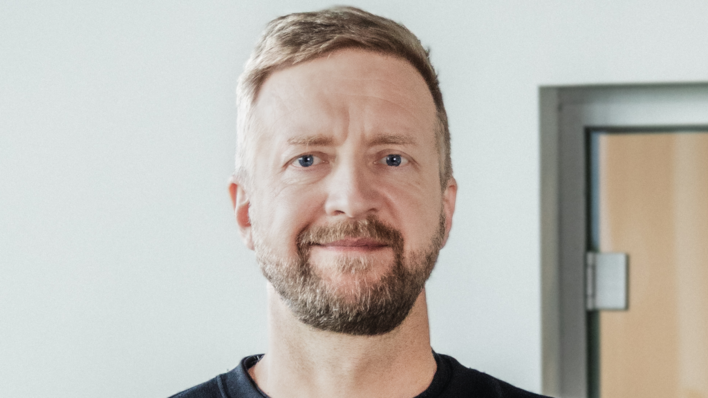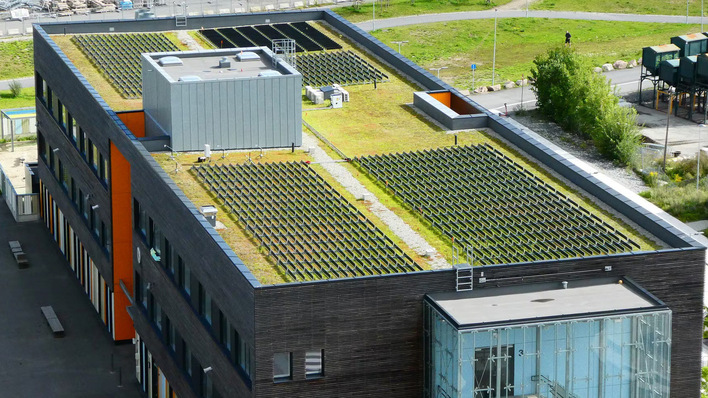The city of the future needs more solar buildings. What progress has been made in this segment in recent years?
William Chen: Some architects and building owners currently still prefer to work with conventional building materials, of all materials in the facade. Often, dealing with power generation in the building envelope is still an obstacle.
In addition, there is the debate about costs. How can one deal with this?
The additional costs for a solar-active building element will be recouped by the energy production within a few years. In addition, the costs for photovoltaics have fallen drastically in recent years. We should now also use this development for building integration. However, I am sure that we will come to the moment when all new buildings will be fitted with glass that generates electricity. Demand will increase accordingly, albeit more hesitantly than in the rest of the solar market.
What do architecture and the solar industry need to develop BIPV faster?
The support of the European Commission would certainly help in this respect. After all, building integration will be a very important part of the energy transition and Europe must become a leader in this segment. We cannot wait to see what happens with BIPV in other parts of the world.
What regulations would be necessary there?
The EU Commission has developed a standard for zero-energy houses in new buildings. This is a good approach and will help us. This now needs to be further developed for renovation. In the future, all buildings should become small power plants that generate their own electricity in the shell.
Nevertheless, the application of existing products is progressing slowly. What is the reason for this?
On the one hand, the application is not easy for the construction industry. Electricity in the building envelope is rather a new topic that still leaves uncertainties. There is often a lack of knowledge and experience of how photovoltaics can be integrated into the facade – even in an aesthetic way. This is where the chambers and architects‘ associations, among others, are called upon.
What can the associations and chambers do?
We would like BIPV to have more relevance in the education and training of architects. Furthermore, an incentive program for the construction industry to include photovoltaics in new buildings and renovations would certainly help to create more progressive developments and employment opportunities in this segment. The program can be implemented together with other factors such as energy consumption labels and the development of product efficiency.
This of course requires appropriate building materials. What does Aleo Solar have in its portfolio?
We have developed various products. Our portfolio for building integration ranges from double glazing elements with two times four-millimeter safety glass for facades, carports or other applications for overhead glazing to insulating glass that architects can insert into post and beam constructions. These products are all certified building products. In addition, there are our modules for the Solrif system from Ernst Schweizer AG, which are integrated into the roof.
With a view to the solar building: What further developments on the module side can you imagine here – or are you already following?
The next step we are pursuing is cooperation with the construction industry. Because it is important that the manufacturers of building materials and the solar industry work together to develop innovative products and bring them into the market. We are now starting such collaborations, initially in Europe as a blueprint for further cooperation with building materials manufacturers in other parts of the world. (mfo)
The interview was conducted by Sven Ullrich from Solarage.eu.


